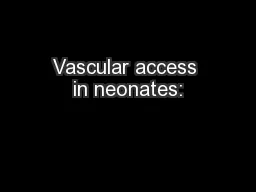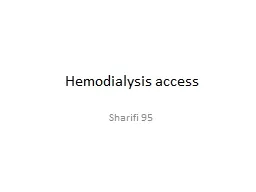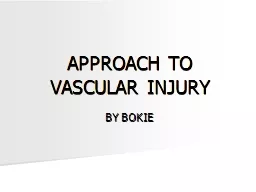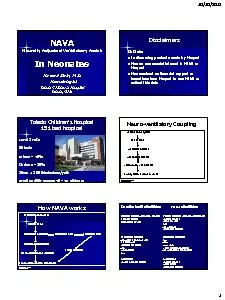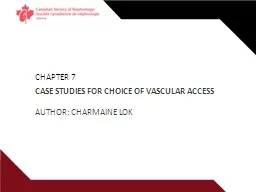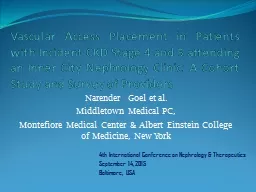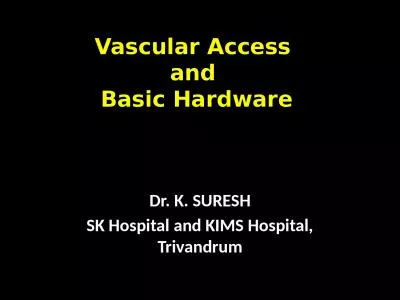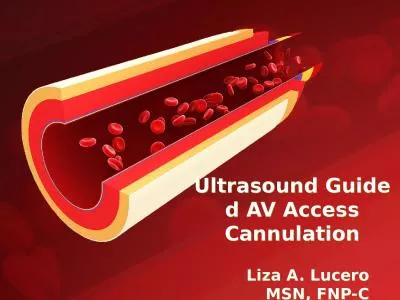PPT-Vascular access in neonates:
Author : pamella-moone | Published Date : 2016-06-15
what we have vs what we could hav e Dr Diana N Diaz Assistant Professor of Pediatric Surgery ZUMS Vs Nurses assume much responsibility for the administration
Presentation Embed Code
Download Presentation
Download Presentation The PPT/PDF document "Vascular access in neonates:" is the property of its rightful owner. Permission is granted to download and print the materials on this website for personal, non-commercial use only, and to display it on your personal computer provided you do not modify the materials and that you retain all copyright notices contained in the materials. By downloading content from our website, you accept the terms of this agreement.
Vascular access in neonates:: Transcript
Download Rules Of Document
"Vascular access in neonates:"The content belongs to its owner. You may download and print it for personal use, without modification, and keep all copyright notices. By downloading, you agree to these terms.
Related Documents

